Description
license light
The license plate light, also known as a registration plate lamp, is an essential part of a vehicle’s lighting system, designed to ensure the vehicle’s license plate is visible at night or in low-light conditions. Here’s a more in-depth look at license plate lights, their function, legal requirements, types, and maintenance:
Purpose of the License Plate Light
- Visibility for Law Enforcement:
- The main purpose of the license plate light is to make the vehicle’s registration number visible to law enforcement and other drivers. This helps in identifying vehicles during routine checks or in case of incidents like accidents or traffic violations.
- Legal Requirements:
- Virtually every country and state mandates that vehicles have functional license plate lights at the rear. The lights must be bright enough to clearly illuminate the plate without creating glare for other drivers.
- Failure to comply with these regulations can lead to penalties, such as traffic tickets or failure in vehicle inspections. Law enforcement may stop vehicles with non-functional or missing license plate lights.
Types of License Plate Lights
- Incandescent Bulbs:
- These are traditional bulbs used in older vehicles. They produce a warm, yellowish light and are less energy-efficient than newer types.
- Pros: Low cost and widely available.
- Cons: Shorter lifespan and higher power consumption than LED bulbs. They tend to burn out more frequently.
- Halogen Bulbs:
- Halogen bulbs are an upgrade from traditional incandescent bulbs, offering better brightness and longer life. However, they still aren’t as efficient as LEDs.
- LED Bulbs:
- Modern vehicles often use LED (Light Emitting Diode) bulbs for license plate lights. LEDs are much more energy-efficient, provide brighter light, and last longer than incandescent or halogen bulbs.
- Pros: Long lifespan, high efficiency, brighter light output, low heat production, available in various color temperatures (most are white, which is ideal for license plate illumination).
- Cons: Slightly more expensive than incandescent bulbs, but the longer lifespan justifies the cost.
- OEM vs. Aftermarket:
- OEM (Original Equipment Manufacturer) bulbs are designed to fit the specific make and model of a vehicle.
- Aftermarket bulbs offer a wider variety of options, such as brighter LEDs or different colored lights (though colored license plate lights are illegal in many areas and are not recommended).



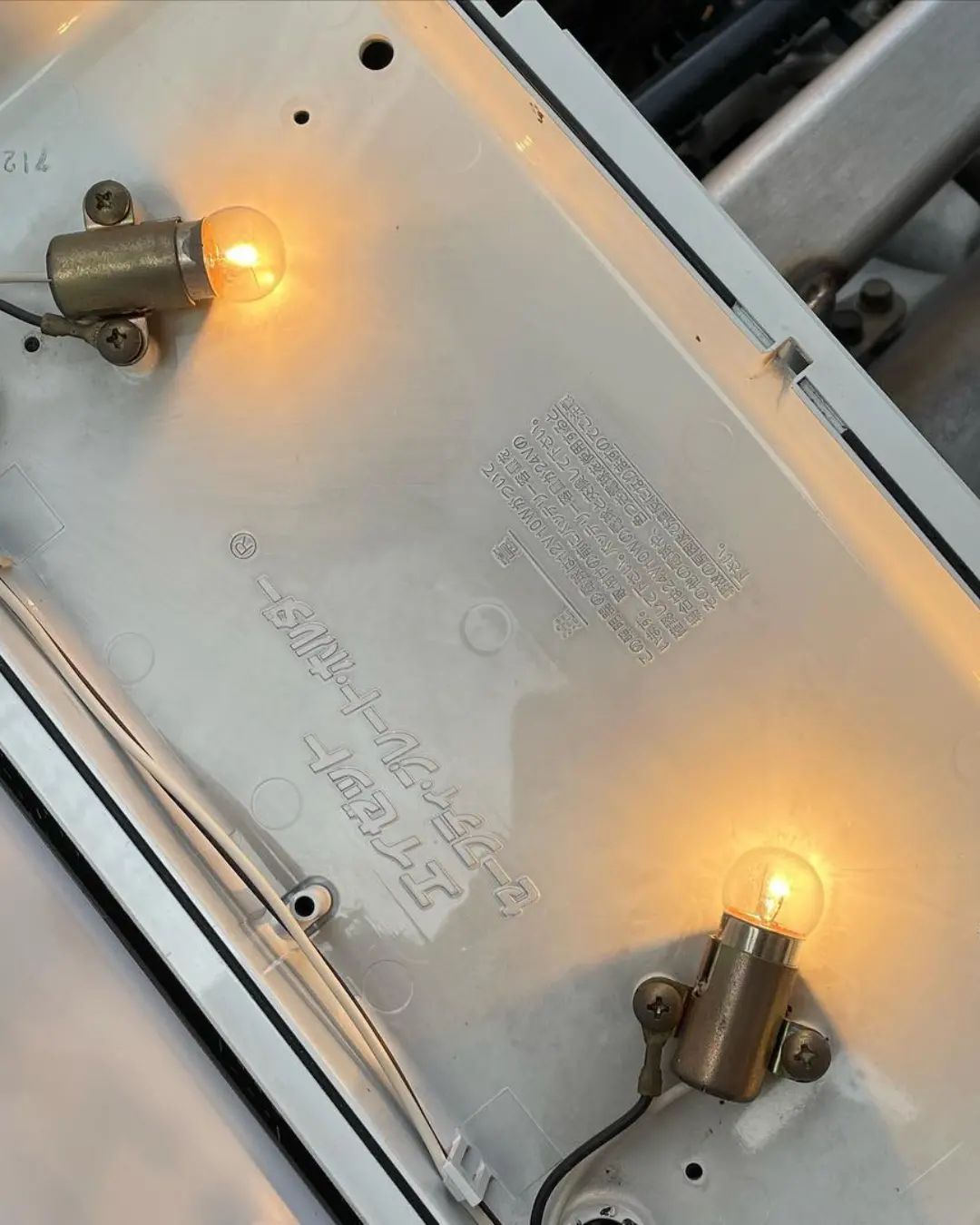

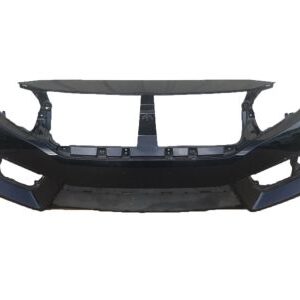
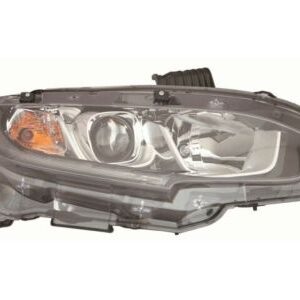
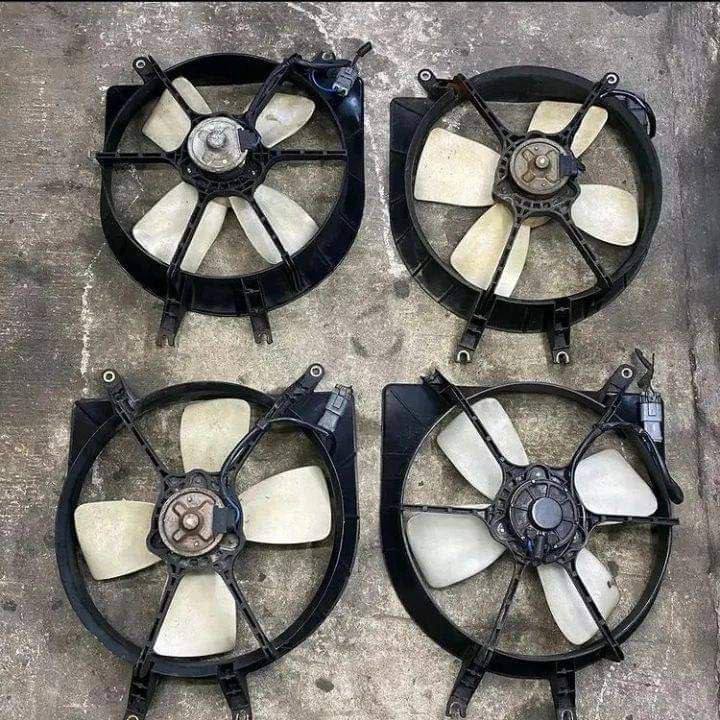
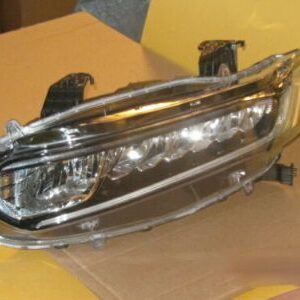
Reviews
There are no reviews yet.